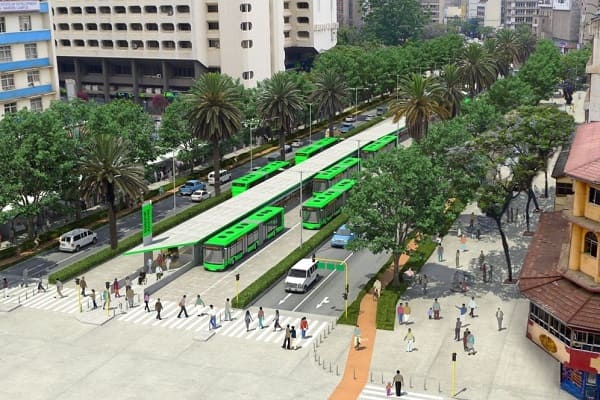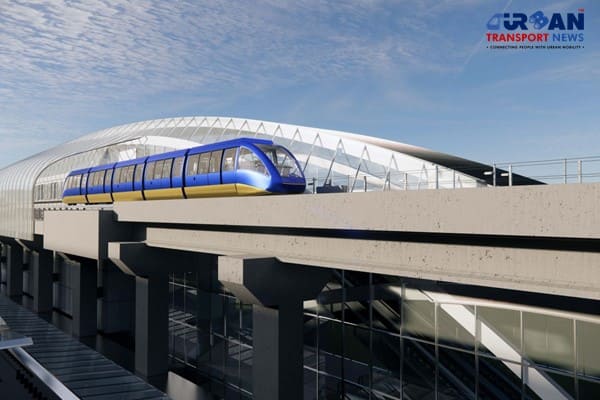 Delhi unveils ambitious Urban Mobility Vision: Luxury Metro Coaches, New Tunnels and Pod Taxi
Delhi unveils ambitious Urban Mobility Vision: Luxury Metro Coaches, New Tunnels and Pod Taxi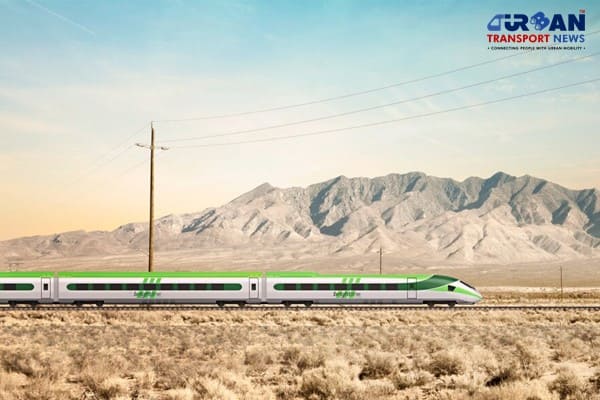 Qatar approves Saudi Rail Link Agreement, Accelerating Gulf Railway Vision 2030
Qatar approves Saudi Rail Link Agreement, Accelerating Gulf Railway Vision 2030 UP Govt plans to introduce Water Metro services in Ayodhya, Varanasi & Prayagraj
UP Govt plans to introduce Water Metro services in Ayodhya, Varanasi & Prayagraj India’s First Urban Ropeway begins Trial Run in Varanasi, Set to carry 1 Lakh passengers daily
India’s First Urban Ropeway begins Trial Run in Varanasi, Set to carry 1 Lakh passengers daily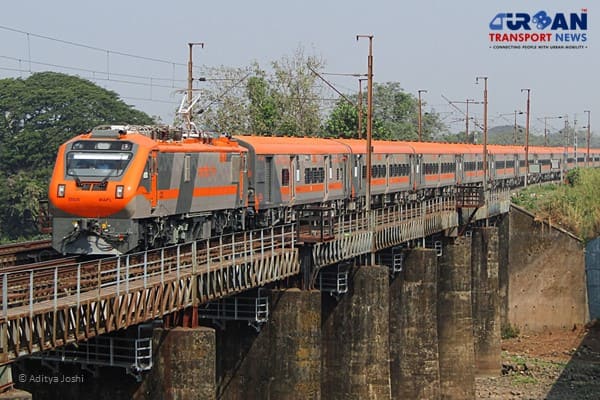 India and Bhutan to Build First-Ever Rail Link: ₹4,033 Cr Project to Boost Regional Connectivity
India and Bhutan to Build First-Ever Rail Link: ₹4,033 Cr Project to Boost Regional Connectivity Patna to launch Eco-Friendly Water Metro; Trial Run soon between Digha and Kangan Ghats
Patna to launch Eco-Friendly Water Metro; Trial Run soon between Digha and Kangan Ghats Air India Group set to launch Flights Operations from Navi Mumbai International Airport
Air India Group set to launch Flights Operations from Navi Mumbai International Airport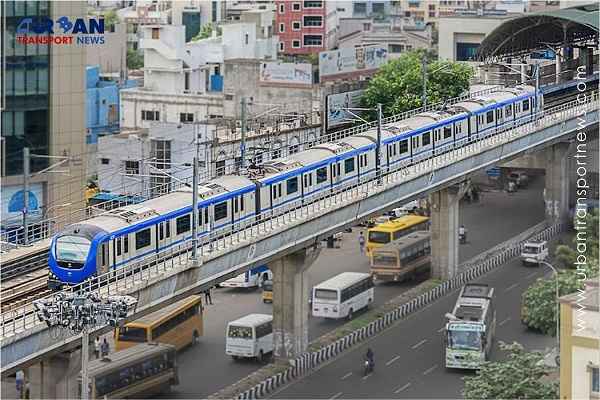 Chennai to launch 25-Year Mobility Plan with Unified QR Ticketing and One-App Transit System
Chennai to launch 25-Year Mobility Plan with Unified QR Ticketing and One-App Transit System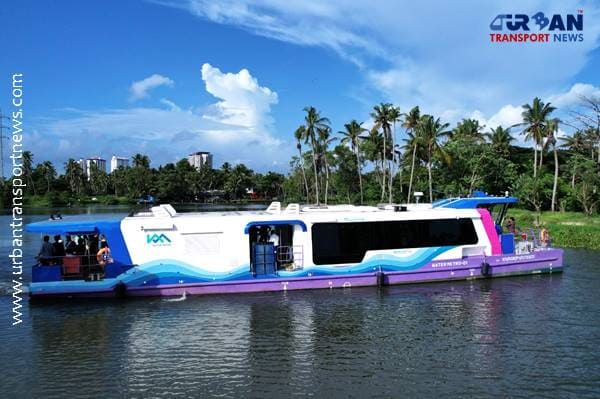 Kochi Metro bags ₹4.4 crore contract to prepare DPR for Mumbai Water Metro Proejct
Kochi Metro bags ₹4.4 crore contract to prepare DPR for Mumbai Water Metro Proejct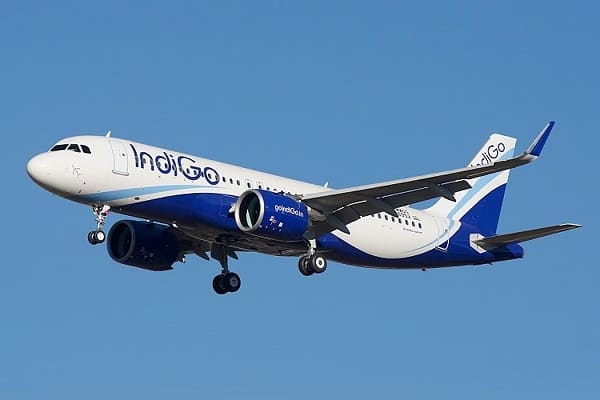 Navi Mumbai International Airport set for September launch; IndiGo and Akasa Air to lead Operations
Navi Mumbai International Airport set for September launch; IndiGo and Akasa Air to lead Operations
Biometric Fare Collection: Revolutionizing Public Transit with Seamless, Secure, and Contactless Sol
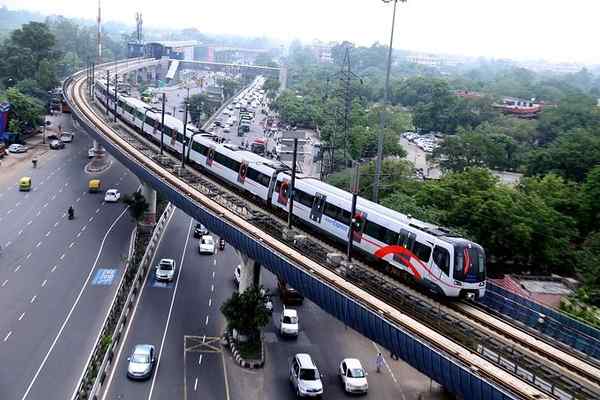
The future of automated fare collection (AFC) in public transport is rapidly evolving, with biometric technologies emerging as a game-changer. By leveraging unique human biological features such as facial recognition, fingerprints, and even voice patterns, these systems promise not only to enhance convenience but also to ensure heightened security and inclusivity in urban mobility. As cities worldwide adopt these cutting-edge solutions, biometric fare collection is poised to reshape the way commuters experience public transport.
The Rise of Biometric Fare Collection: What’s Driving the Change?
Biometric systems in public transit offer a high level of accuracy, speed, and security, transforming the traditionally cumbersome ticketing process into a seamless, frictionless experience. With the global push for more efficient and hygienic travel options, particularly after the COVID-19 pandemic, the need for touchless payment solutions has accelerated. Biometric fare collection meets this demand by offering an intelligent, secure, and user-friendly way for passengers to access transport services without physical tickets or cards.
Key Biometric Technologies in Fare Collection Systems
Biometric systems come in various forms, each tailored to different needs and security requirements. Below are some of the most widely adopted technologies currently being used or tested in transit systems worldwide:
-
Facial Recognition: The Future of Ticketless Travel
Facial recognition is perhaps the most recognizable form of biometric fare collection. This technology uses advanced cameras and AI-driven algorithms to map facial features, enabling passengers to gain entry without touching a thing. Once registered, a commuter’s face is enough to gain access to the metro or bus system, offering unparalleled speed and convenience.
Real-World Application: Beijing’s Subway system is one of the first to implement facial recognition technology extensively, allowing commuters to bypass the traditional ticketing process and reducing congestion.
Advancements: With AI integration, facial recognition is becoming more accurate even in crowded or poorly lit environments, ensuring reliable performance in various settings.
-
Fingerprint Scanning: Reliability and Ease of Use
Fingerprint scanning has been a staple in biometric identification for years. The technology analyzes unique ridge patterns on a person’s fingerprint, ensuring a fast and secure identification process. It is particularly useful at turnstiles or kiosks for easy verification of payment.
Real-World Application: The Delhi Metro has been experimenting with fingerprint scanning in pilot programs to streamline fare collection and enhance commuter experience.
Emerging Trends: The integration of two-factor authentication, combining fingerprint scanning with mobile devices, offers an added layer of security and flexibility.
-
Iris Recognition: Ultra-Secure and Non-Contact
Iris recognition, which scans the unique patterns of the iris, offers one of the most secure and hygienic methods of biometric identification. Completely non-contact, this technology is perfect for high-security zones or premium transit systems.
Real-World Application: Qatar’s Lusail Tram utilizes iris recognition to offer a highly secure, contactless travel experience for VIP passengers.
Future Potential: The miniaturization of iris scanners, possibly embedded in smart glasses or wearables, opens up possibilities for more widespread adoption.
-
Palm Vein Scanning: A Highly Secure and Hygienic Option
Palm vein scanning uses near-infrared light to map the unique vein patterns inside the palm. This method is particularly secure as it requires no physical contact, making it an excellent choice for hygiene-conscious transit systems.
Real-World Application: Osaka Metro has conducted pilot tests of palm vein scanning technology, allowing commuters to seamlessly pass through gates without touching anything.
Innovation: The potential for integration with wearable devices could further enhance the user experience, allowing for a fully personalized and automated journey.
-
Voice Recognition: Inclusivity and Accessibility
Voice recognition systems identify users by their unique speech patterns, making it possible for passengers with disabilities to access transport services hands-free. This is a significant step toward inclusivity in public transportation systems.
Real-World Application: The New York Metropolitan Transportation Authority (MTA) has explored voice authentication as part of its effort to provide more accessible services for visually impaired passengers.
Improvements: AI-driven speech recognition can now function effectively in noisy environments, ensuring reliability even in crowded stations.
-
Behavioral Biometrics: The Next Frontier in Passenger Authentication
Behavioral biometrics identifies passengers through habitual patterns, such as gait, posture, and other movements. This form of continuous, dynamic authentication offers an innovative way to track and verify passengers throughout their journey.
Real-World Application: Stockholm’s SL Transit is testing gait analysis as part of its security system, exploring a new frontier in continuous biometric authentication.
Potential Use Cases: Behavioral biometrics could offer seamless authentication across multiple modes of transportation, ensuring a secure and frictionless experience.
The Benefits of Biometric Fare Collection
The implementation of biometric fare collection systems offers several significant benefits, not just for passengers but also for transport authorities and the environment:
-
Contactless Operations: With hygiene being a top priority, biometric systems eliminate the need for physical contact, reducing the spread of germs and providing a more comfortable commuting experience.
-
Enhanced Security: Biometric identifiers are unique and difficult to replicate, offering a high level of security that reduces the risk of fraud and unauthorized access.
-
Increased Efficiency: Faster processing times at entry points mean reduced congestion, smoother operations, and quicker turnaround times at stations, benefiting both passengers and operators.
-
Accessibility: Biometric systems provide solutions for differently-abled passengers who may find traditional fare collection methods challenging, creating a more inclusive transit environment.
Overcoming Challenges in Biometric Fare Collection
Despite the numerous advantages, the widespread adoption of biometric fare collection technology comes with its share of challenges:
-
Privacy Concerns: The collection and storage of biometric data raise significant privacy issues. Strong regulatory frameworks and transparent policies are essential to mitigate concerns and ensure data is handled responsibly.
-
Cost of Implementation: Biometric systems require substantial upfront investment, including the cost of hardware, software, and system integration. Ongoing maintenance costs can also be a barrier to implementation in some regions.
-
Environmental Factors: Lighting conditions, obstructions, and high crowd density can sometimes interfere with the accuracy of biometric systems, requiring continuous refinement to ensure reliable performance in all scenarios.
-
Data Security: Protecting biometric data from breaches is paramount. High levels of encryption and secure data treatment protocols must be in place to prevent unauthorized access or misuse of sensitive information.
Innovations Shaping the Future of Biometric Fare Collection
As biometric technology continues to evolve, several innovations are driving the future of automated fare systems:
-
AI-Powered Recognition: Artificial intelligence is being used to improve the accuracy of biometric systems by adapting to environmental factors and aging patterns, ensuring that the systems remain reliable over time.
-
Edge Computing: By processing biometric data locally on the device, edge computing reduces latency and minimizes the risk of data exposure, offering faster and more secure services.
-
Mobile App Integration: Combining biometric verification with mobile platforms allows for remote registration, multi-modal travel, and the ability to integrate biometric data seamlessly into everyday travel routines.
-
Hybrid Systems: A combination of various biometric methods, such as facial recognition and fingerprint scanning, offers a robust two-factor authentication system that improves security and user convenience.
Global Case Studies: Biometric Fare Collection in Action
Cities across the world are already exploring and implementing biometric technologies in their transit systems, each with its unique approach:
-
Tokyo Metro: Known for its high-tech systems, Tokyo Metro is leveraging facial recognition to allow passengers to enter without the need for tickets, providing a truly seamless travel experience.
-
Dubai Metro: Dubai’s metro is testing biometric gates that use both iris and palm vein scanning, making the entry process faster and more secure.
-
London Underground: London is researching behavioral biometrics to enhance passenger security, with a focus on improving safety across its expansive transport network.
-
Beijing Subway: The Beijing Subway uses facial recognition to facilitate rapid and efficient entry for thousands of commuters daily, reducing wait times and congestion.
-
Stockholm SL Transit: Stockholm is experimenting with gait analysis, a groundbreaking form of biometric authentication, to offer a futuristic and secure travel experience.
Conclusion: A Smarter, Safer, and More Inclusive Future for Public Transport
Biometric fare collection systems are rapidly becoming the cornerstone of modern, automated public transit. By eliminating the need for physical tickets, improving security, and offering faster, more efficient travel, biometric solutions promise to transform the commuting experience. While challenges such as privacy concerns, costs, and environmental factors remain, ongoing innovations and successful global implementations point to a future where biometric systems will become the standard for cities around the world. With advancements in AI, mobile integration, and hybrid systems, the future of public transit is undoubtedly smart, secure, and incredibly efficient.






